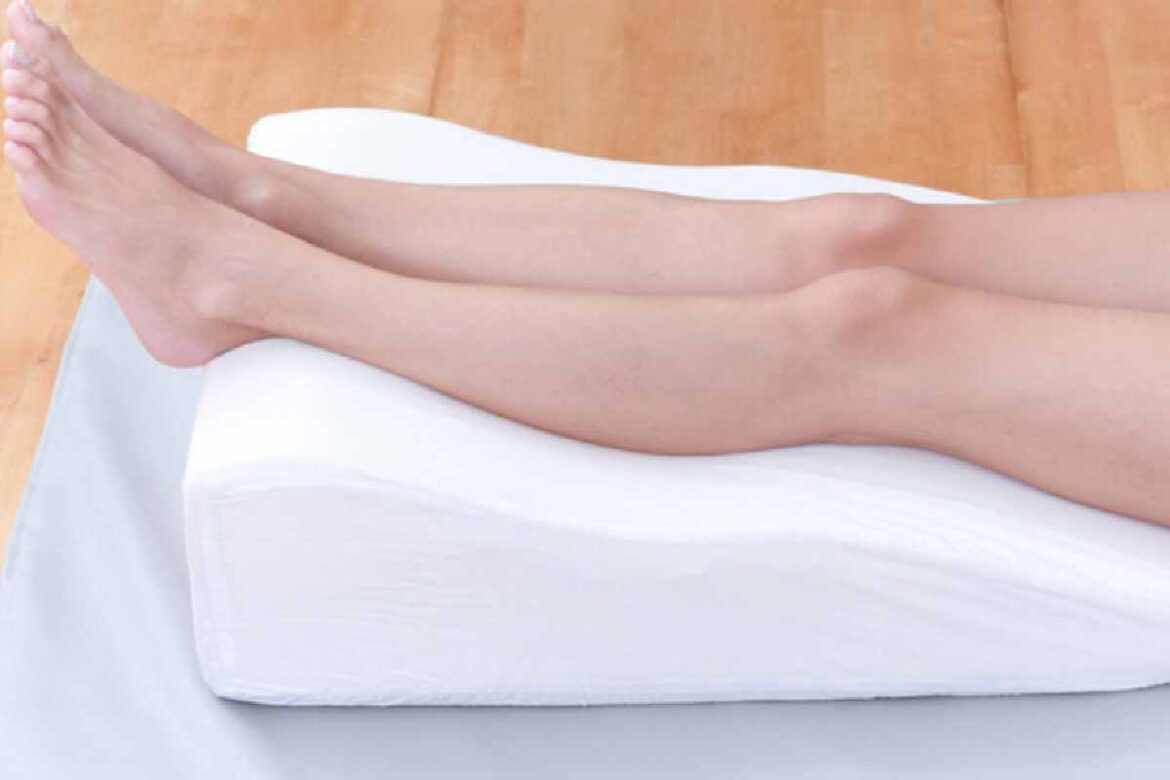Effective Ways to Improve Blood Circulation in Your Legs and Feet
Introduction
Proper circulation in your legs and feet is vital to overall health and mobility, and is especially crucial to leg ulcer prevention. Poor circulation can lead to discomfort, swelling, and more serious conditions like varicose veins, deep vein thrombosis (DVT), or leg ulcers – issues which could compromise quality of life if left untreated without medical intervention. Improving circulation helps avoid these complications while keeping legs healthy – this article explores daily habits and lifestyle changes that can promote better blood flow for optimal leg health.
Physical Activity for Improved Circulation
Leg Stretches and Exercises
Stretching exercises, like calf stretches and leg raises, are simple yet effective ways to improve leg circulation. Stretching relieves tightness and encourages blood flow, especially for those who sit or stand for long periods. Harvard Health highlights the importance of stretches in preventing circulation problems.
Walking and Low-Impact Cardio
Walking is one of the easiest and most straightforward ways to improve leg circulation. Engaging muscles helps push blood back toward the heart, decreasing risk of varicose veins. Low-impact cardio like swimming and cycling also promote healthy blood flow without straining joints – these activities should be practiced regularly to promote overall circulatory wellness.
Incorporating Strength Training
Strength training leg muscles through exercises like squats or leg presses is an effective way to enhance circulation. Strengthening leg muscles increases blood flow through veins, supporting overall vein function. Over time, these exercises may prevent conditions like varicose veins by improving vein function; including strength training in your routine ensures your legs remain strong and healthy, helping prevent circulation issues from emerging.
Physical activity – be it stretching, cardio training or strength training – plays an essential part in keeping veins healthy and improving blood flow.
Diet and Hydration for Healthy Blood Flow
Foods that Boost Circulation
Eating foods rich in antioxidants, omega-3 fatty acids and nitrates is proven to increase blood flow and strengthen vein health. Citrus fruits, leafy greens, beets and fatty fish can all provide these essential nutrients, enabling more rapid blood flow while lowering risk for poor circulation. Healthline Nutrition highlights the benefits of these foods for improving circulation.
Staying Hydrated
Dehydration can slow circulation and lead to swelling in the legs and feet. Drinking enough water ensures that blood has enough volume and travels efficiently through your body; proper hydration also prevents blood clots and other complications from occurring.
Avoiding Foods That Can Negatively Affect Circulation
High-sodium foods may cause water retention, leading to swollen feet and decreased blood flow. Cutting back on processed foods and restricting salt intake is key for optimal circulation – too much salt causes fluid buildup in the body, hindering proper blood flow.
By selecting appropriate foods and staying hydrated, you can help boost blood flow naturally, reduce swelling, and promote good circulation – these simple lifestyle changes can provide many long-term advantages in improving leg and foot health.
Lifestyle Changes to Support Circulation
Quitting Smoking
Smoking causes blood vessels to constrict, restricting circulation in legs and feet. Quitting smoking can have a dramatic impact on blood flow, improving it significantly and decreasing risk of vascular issues.
Avoid Prolonged Sitting or Standing
Sitting or standing for long periods puts pressure on veins, leading to swelling and circulation issues. It is essential to take breaks every hour while sitting or use a standing desk to switch positions throughout the day if sitting.
Elevating Legs
Elevating your legs periodically helps reduce swelling and promotes blood flow back to the heart, counteracting the effects of gravity. This simple action can be done daily to support healthy circulation in the Healthline.
By making these lifestyle changes, you can effectively improve circulation and maintain healthier legs and feet.
Compression and Medical Solutions
Wearing Compression Stockings
Compression stockings apply a gentle pressure to the legs, aiding blood circulation and decreasing pooled veins. They’re particularly beneficial for people who stand or sit for extended periods or who are at risk of varicose veins – supporting vein health through compression stockings may prevent future complications from arise.
Consult a Specialist for Persistent Issues
If lifestyle changes don’t improve circulation or if varicose veins are already present, seeking help from a specialist is crucial. Treatments like radiofrequency ablation or sclerotherapy may be recommended. For expert care, consider visiting the Vein Experts in Fort Worth for personalized solutions.
Making use of compression stockings and seeking medical advice can be essential steps in maintaining healthy blood flow.
Conclusion
Enhancing blood circulation in your legs and feet is crucial for avoiding varicose veins and maintaining overall health. Making simple lifestyle changes such as staying active, eating nutritiously and wearing compression stockings can make an immediate impactful difference; should circulation issues persist, consulting a specialist early may also help address them efficiently. Prioritizing leg and foot health through early intervention and daily habits is the best way to ensure long-term well-being and mobility; by taking these steps you can reduce complications as well as promote better circulation throughout your body.


